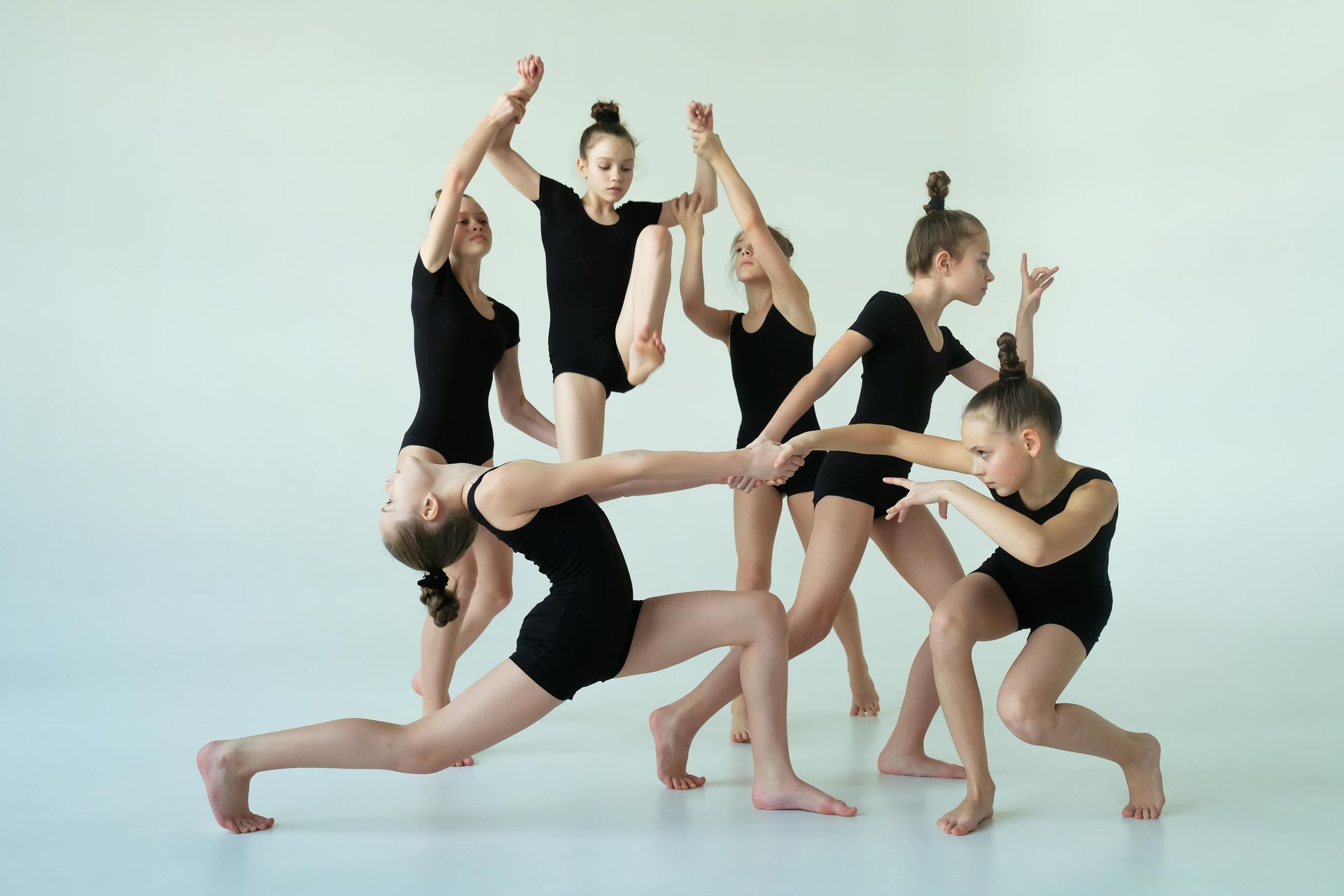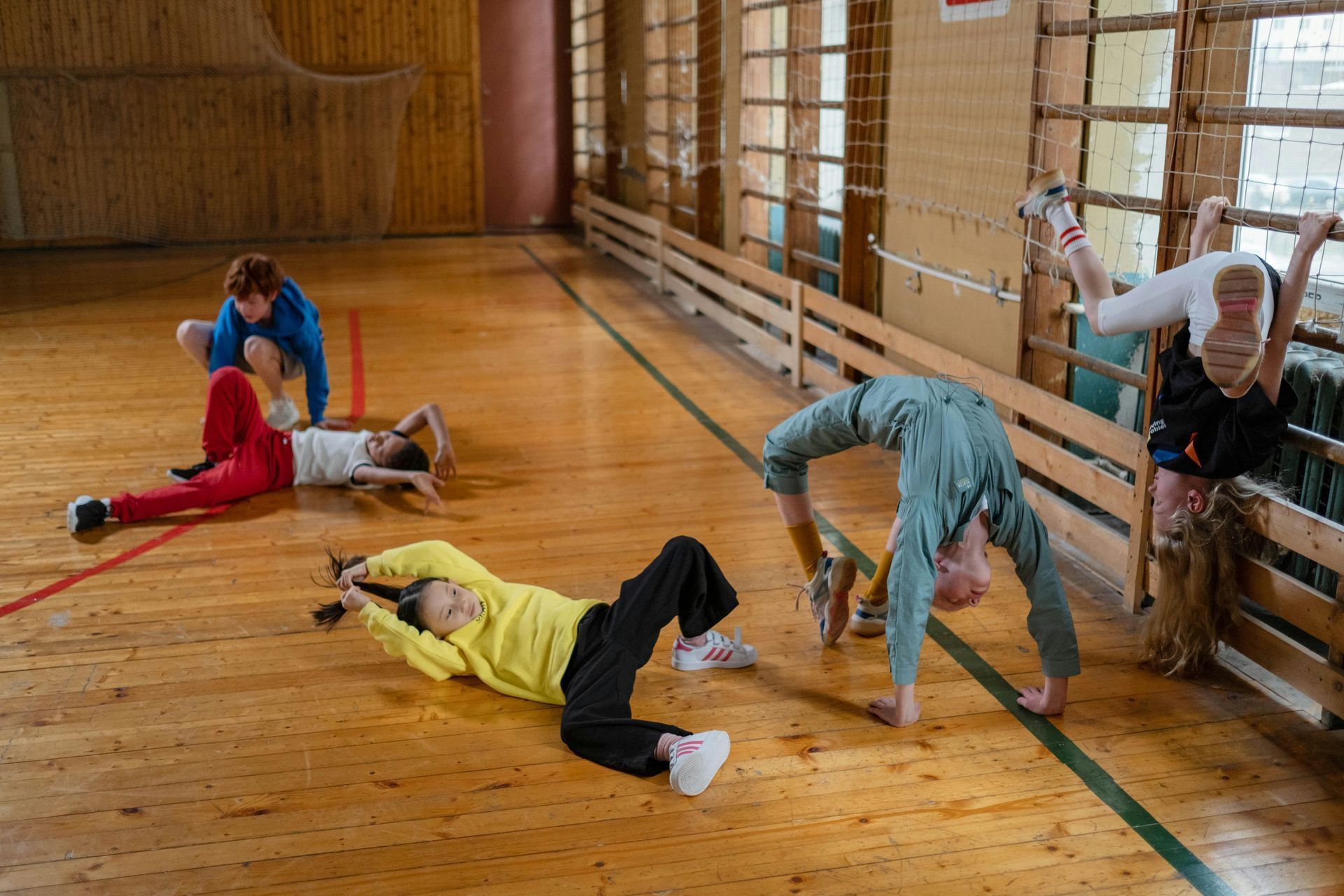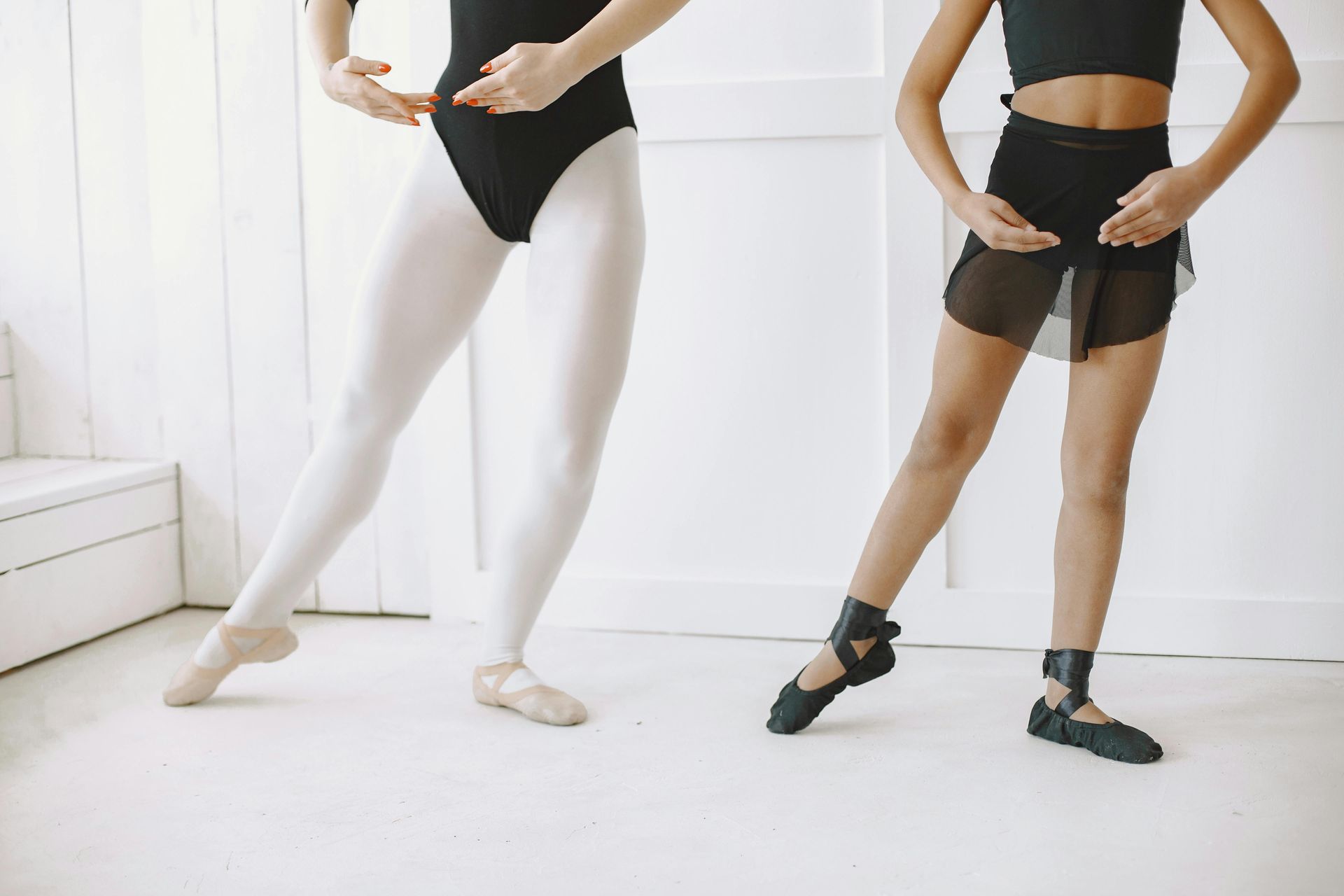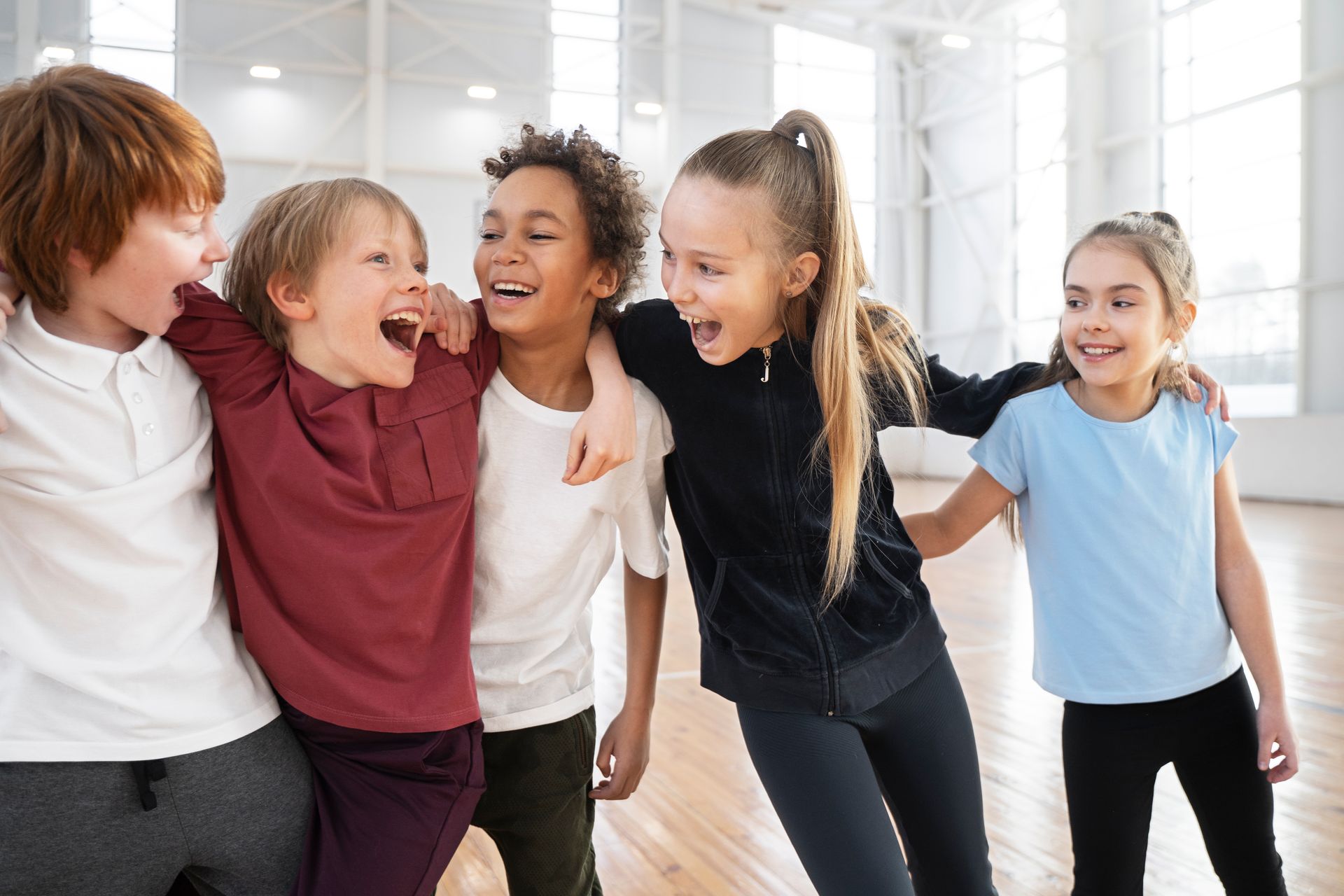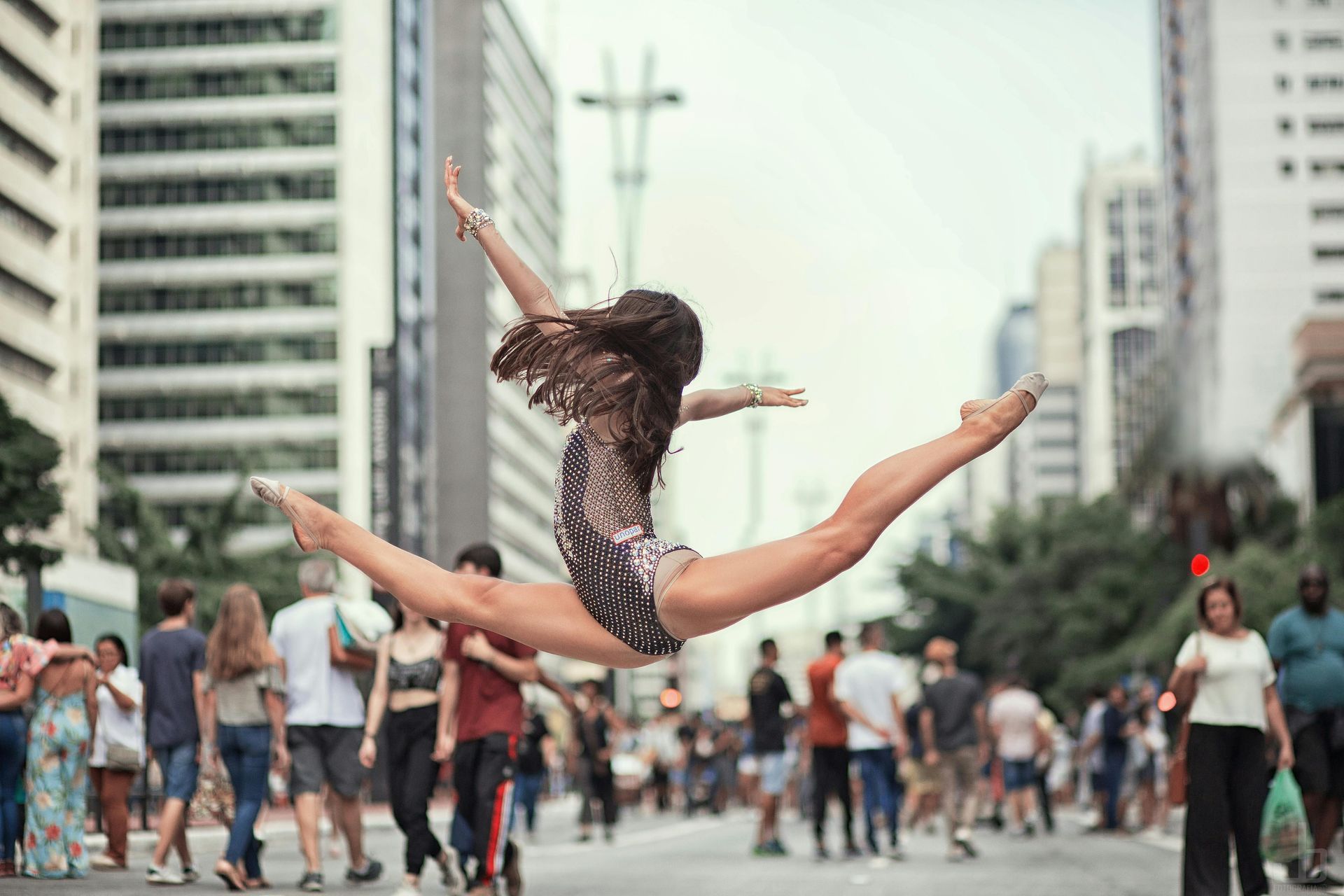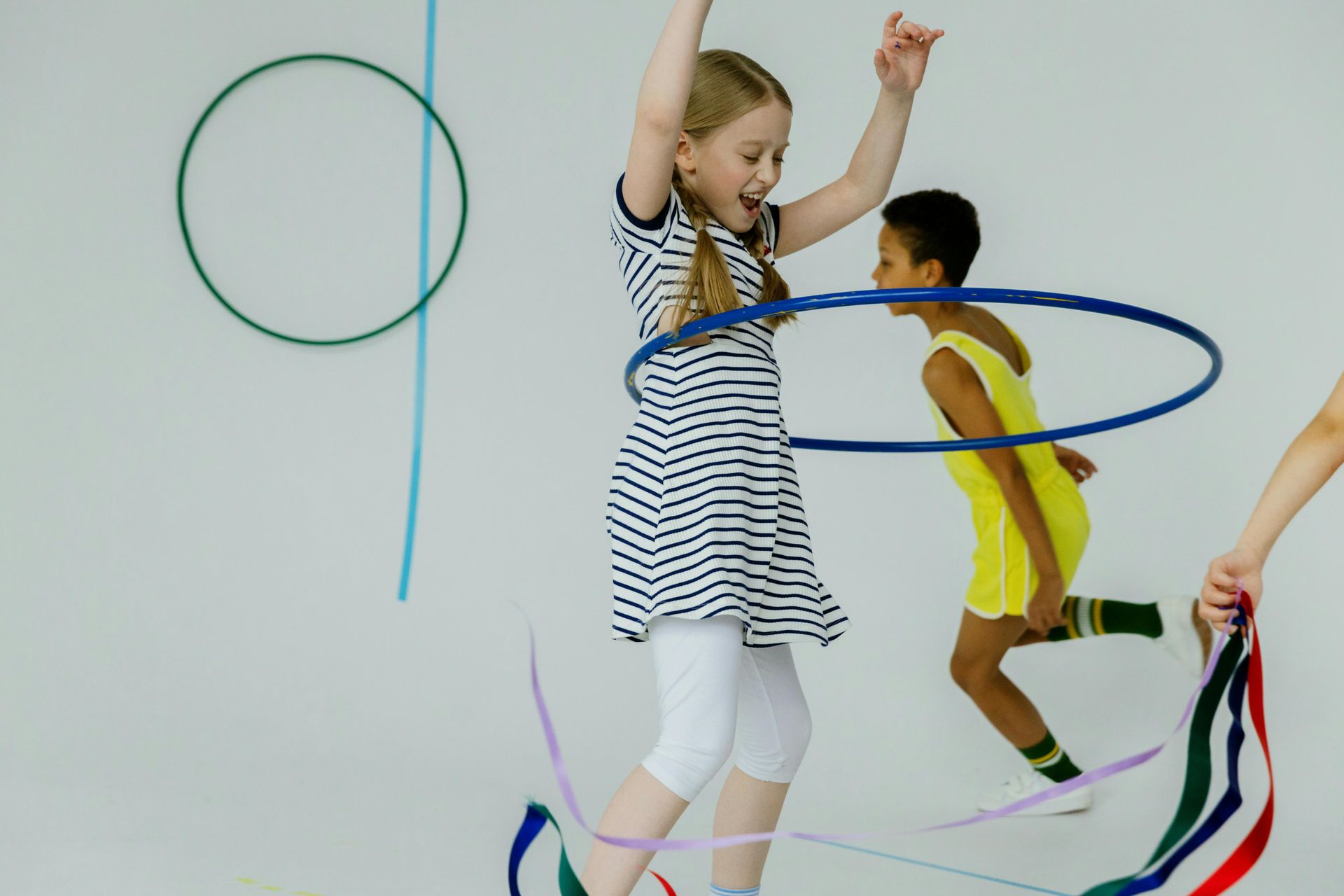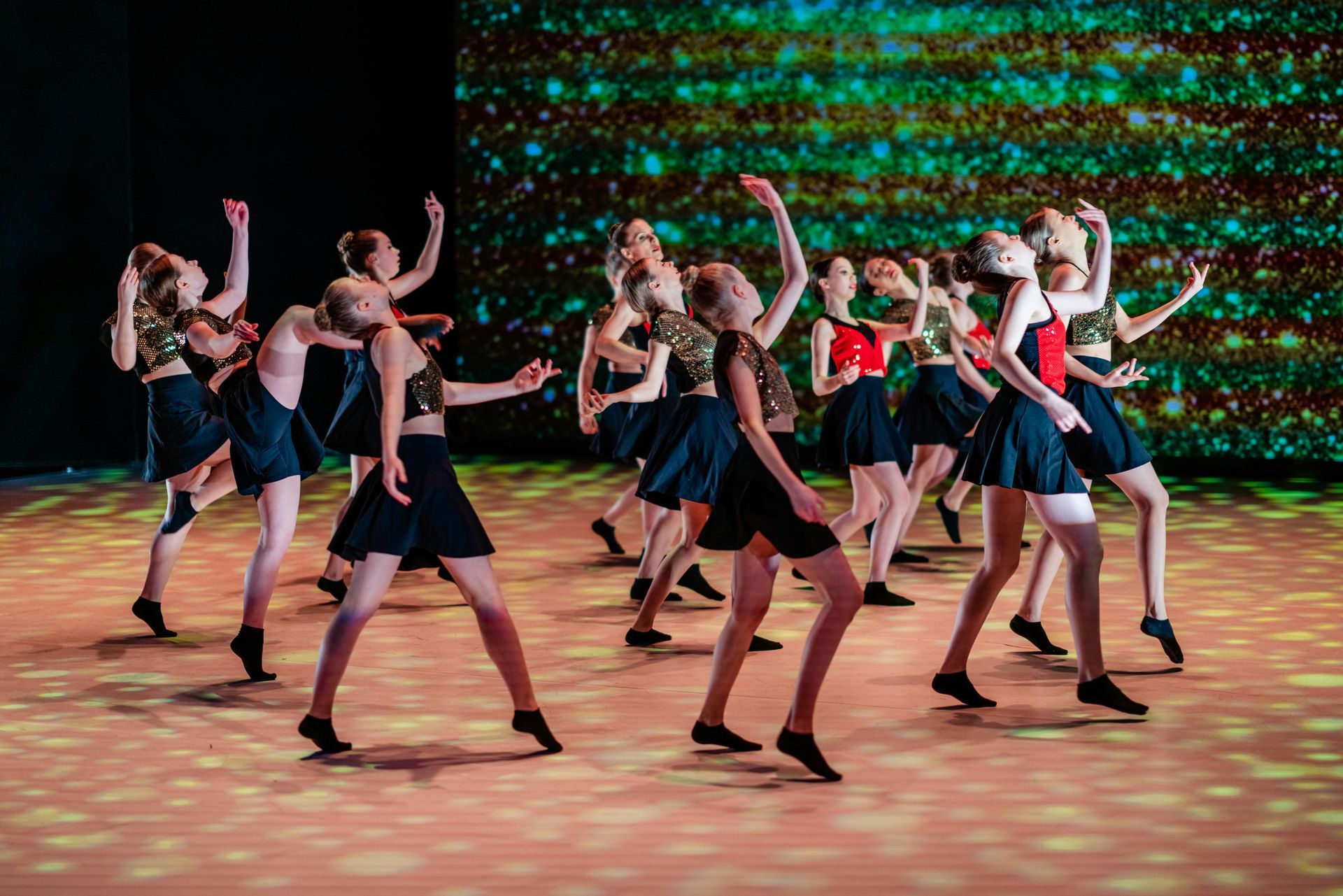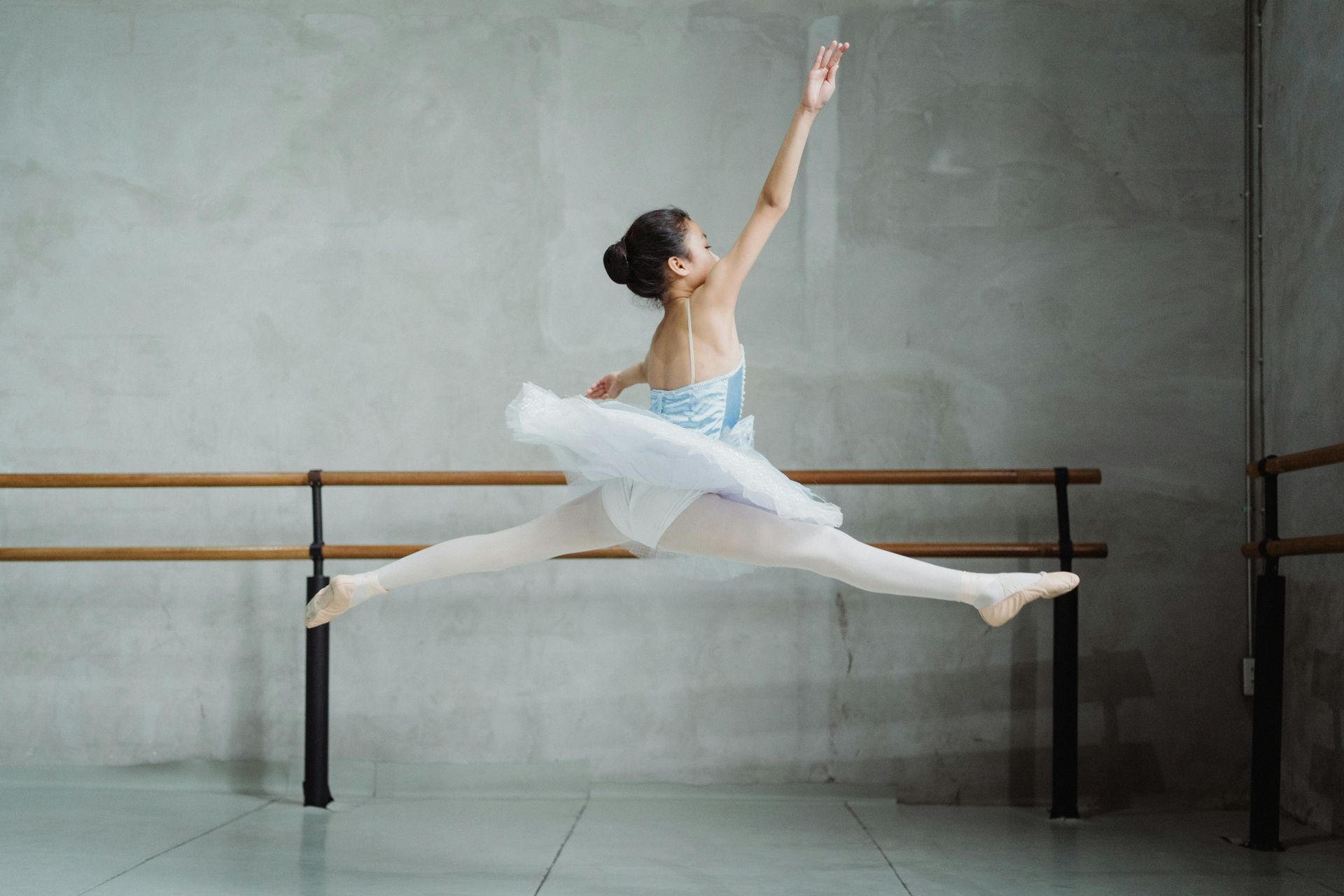The Benefits of Dance for Kids in NJ: More Than Just Fun
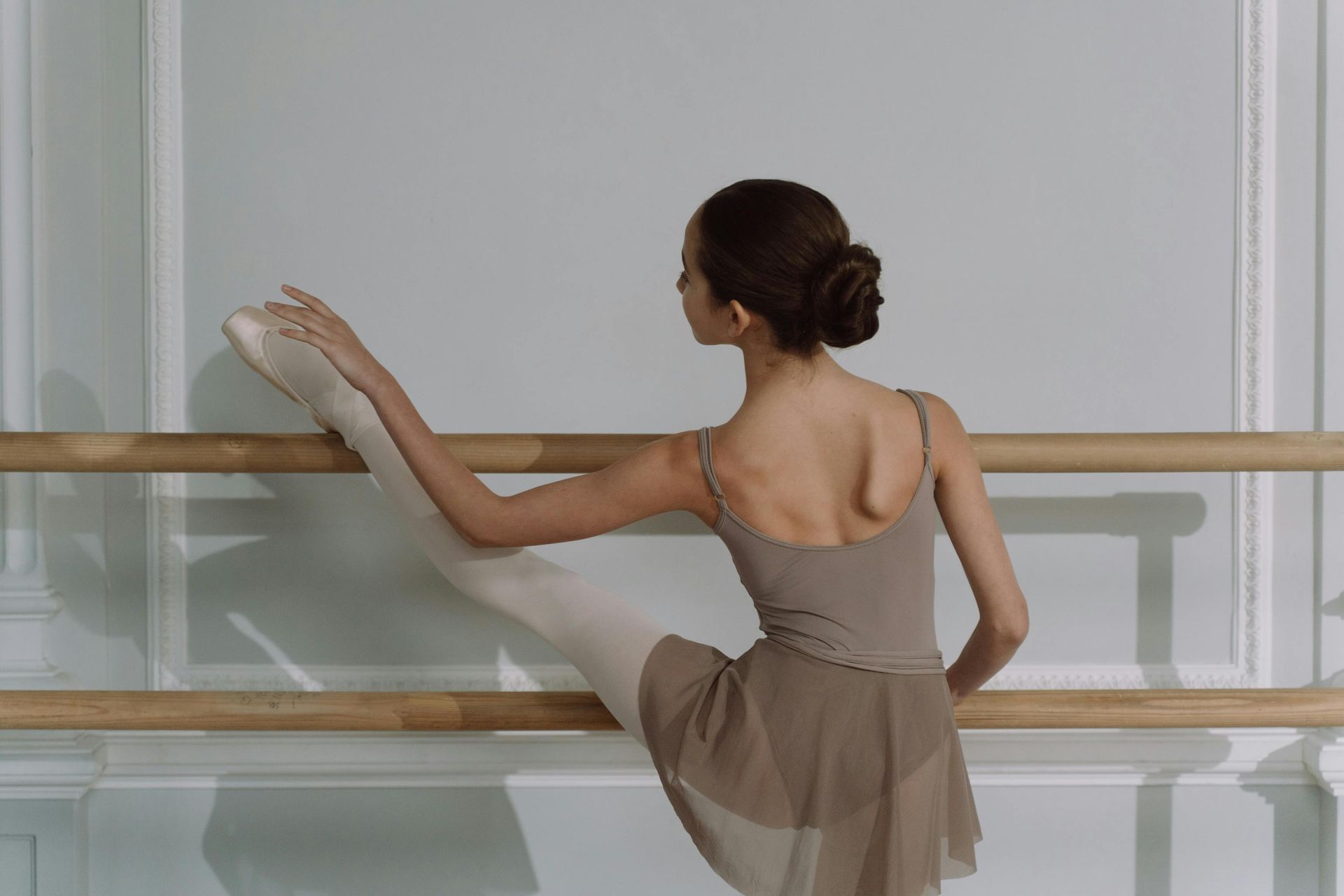
Are you searching for an activity that’s fun, healthy, and enriching for your child? Dance might just be the ideal choice. Whether your kid is twirling in ballet shoes or busting moves in hip-hop, dance offers a world of benefits—and New Jersey is full of great opportunities for little movers. One standout option is the Sussex County NJ Dance Studio, known for its supportive environment and expert instruction. Let’s explore why dance is one of the best things your child can do here in the Garden State.
Physical Health Benefits
Dance boosts confidence, discipline, and physical resilience through engaging movement.
Builds Strength and Coordination
Dance engages multiple muscle groups. Ballet strengthens the legs and core. Jazz sharpens posture and balance. Hip-hop encourages stamina and flexibility. As children practice, they improve coordination, agility, and body awareness.
Enhances Cardiovascular Fitness
Dance isn't just about technique—it's about movement. When kids dance, they’re getting a heart-pumping workout. Over time, this builds endurance and supports healthy growth.
Promotes a Healthy Lifestyle
When kids enjoy physical activity, it becomes part of their routine. Dance lays a foundation for lifelong fitness habits, which is especially important amid a more sedentary lifestyle in today’s digital world.
Emotional and Psychological Benefits
Dance nurtures confidence, creativity, and emotional strength through expressive movement.
Boosts Self‑Confidence
Every successful combination or performance—no matter how simple—helps build self-esteem. Standing on stage (even in a friendly class recital) cultivates courage and positive body image.
Fosters Emotional Expression
Dance lets children express themselves without words. Through movement, they can channel emotions, learn self-awareness, and develop emotional intelligence.
Builds Resilience and Focus
Learning dance steps takes patience and perseverance. Kids discover the value of practice, overcoming challenges, and pushing through frustrations—skills that pay off in school and life.
Cognitive and Social Benefits
Dance strengthens minds, builds friendships, and inspires curiosity through creative collaboration.
Enhances Discipline and Memory
Remembering choreography, repeating routines, and focusing on timing sharpen memory and attention—skills that help in academic settings.
Encourages Socialization
Dance classes bring children together. Whether working in groups, partnering with peers, or lining up for warm-ups, kids learn valuable social skills like communication, turn-taking, and cooperation.
Sparks Creativity
Creative movement and improvisation help kids imagine, experiment, and innovate—building creative thinking that goes beyond the dance floor.
A Variety of Dance Styles for Every Child
No two kids are alike—and New Jersey dance studios reflect that. Here’s a snapshot of what’s available:
- Ballet for Kids: Graceful, structured, and foundational.
- Jazz Dance for Kids: Energetic, rhythmic, and expressive.
- Hip‑Hop Dance for Kids: Fresh, urban, and full of style.
- Creative Movement Classes: Imaginative, free-form, and great for toddlers.
- Beginner Dance Lessons: Designed for first timers, with a gentle approach.
- Toddler Dance Classes: Short, playful, and parent friendly.
You’ll find classes tailored by age group, so children join the right level. Whether your child wants to form perfect lines or freestyle, there’s something for everyone.
Why Choose a New Jersey Dance Studio?
Community with Local Roots
There’s something special about joining a studio ingrained in the local community. In places like Sussex County, for example, children learn more than dance—they gain a sense of belonging and regional pride. One local gem is Dance Expression, which serves families with strong expertise and a nurturing atmosphere. Discover how your child can take their first steps in dance at this welcoming studio.
Professional Standards
Some of New Jersey’s top studios—such as Dance Expression—offer comprehensive curricula. Expect well-trained instructors, age-appropriate programs, clear safety protocols, and performance opportunities that allow students to shine.
Tips for Choosing the Right Dance Class
- Assess Readiness
Toddlers (2–3 years) usually thrive in creative movement. Preschoolers (4–5 years) can begin structured, beginner lessons. Keep attention spans in mind and avoid overloading younger kids. - Visit the Studio
Look for cleanliness, safety (non-slip floors, good ventilation), and age-appropriate equipment. Observe staff interaction with kids—professionalism and warmth matter. - Meet the Instructors
Ask about credentials. Common certifications include RAD (Royal Academy of Dance), ABT (American Ballet Theatre), and Dance Masters of America. A warm, experienced teacher sparks joy and inspiration. - Check Class Size
Smaller groups (8–12 kids) get more personalized attention. Ask about the student‑teacher ratio and whether assistants are present. - Clarify Schedule and Calendar
Ask about break schedules, holiday closures, costume fees, recital dates, and makeup policies. Most studios run on a September–June calendar, but summer intensives are popular too. - Start with a Trial Class
Many studios offer trial options. A low-commitment first class helps your child—and you—feel it out before fully enrolling.
What to Expect in the First Few Months
Settling into Routine
Early weeks may include separation anxiety or nerves. With consistent attendance, kids grow more confident and excited to return.
Learning Progress
Look for gradual progress—stronger balance in arabesques, crisper hip-hop steps, more expressive movement in creative dance. Celebrate small wins.
Recital Preparation
Studios often offer low-key in-class performances. These help kids practice recital routine, discipline, and stage familiarity.
Beyond Just Dance—Community & Events
Local studios often sponsor recitals, community events, and workshops. These build pride, community ties, and lasting friendships. It's more than spinning on your toes—it's being part of a team!
Final Thoughts
Dance in New Jersey is more than just spinning and stepping—it’s a journey toward physical health, emotional growth, and creative exploration. With diverse styles, professional instructors, and community‑oriented studios (like Sussex County NJ Dance Studio and broader networks through Dance Expression), kids gain more than skills—they grow in confidence and character.
If you’re looking for a fun, enriching activity that supports your child’s overall development, dance is an excellent choice. To help find the perfect fit, check out this guide on choosing the right dance style for your child. Start with a trial class this week and see how your dancer blossoms, one step at a time.
Frequently Asked Questions (FAQ)
Q.1: My child is shy. Will dance help or hurt?
A: Dance encourages confidence in a supportive, non-competitive environment. Friendly instructors and small class sizes mean even shy kids have space to grow on their own terms.
Q.2: How much does dance cost in New Jersey?
A: Prices vary. Beginner group classes usually run $15–$25 per hour, while specialized or more advanced levels may range $30–$50. Budget for occasional recital/costume fees. Many studios offer sibling discounts or payment plans.
Q.3: What should my child wear to their first class?
A: For ballet: leotard, tights, and ballet slippers. Jazz: leotard or fitted top, jazz pants or leggings, jazz shoes. Hip-hop: comfortable pants and sneakers. Creche or toddler classes often allow comfy clothes and bare feet.
Q.4: Do kids need dance shoes?
A: Yes. Proper shoes support joint health, posture, and technique—and help prevent slips and injuries.
Q.5: How often should my child take classes?
A: For early years, once weekly is great. Advanced dancers might go 2–3 times a week, depending on goals and schedule.


